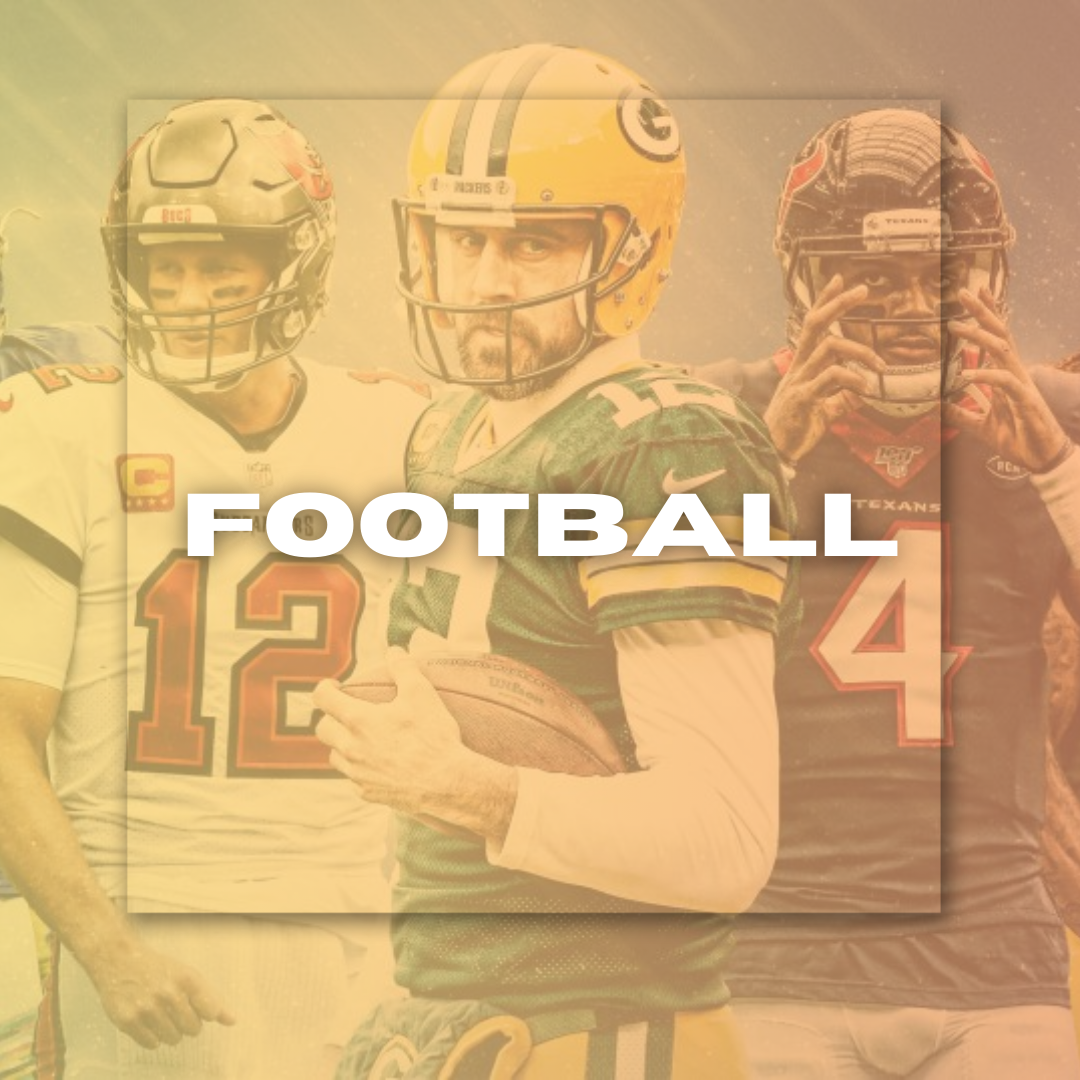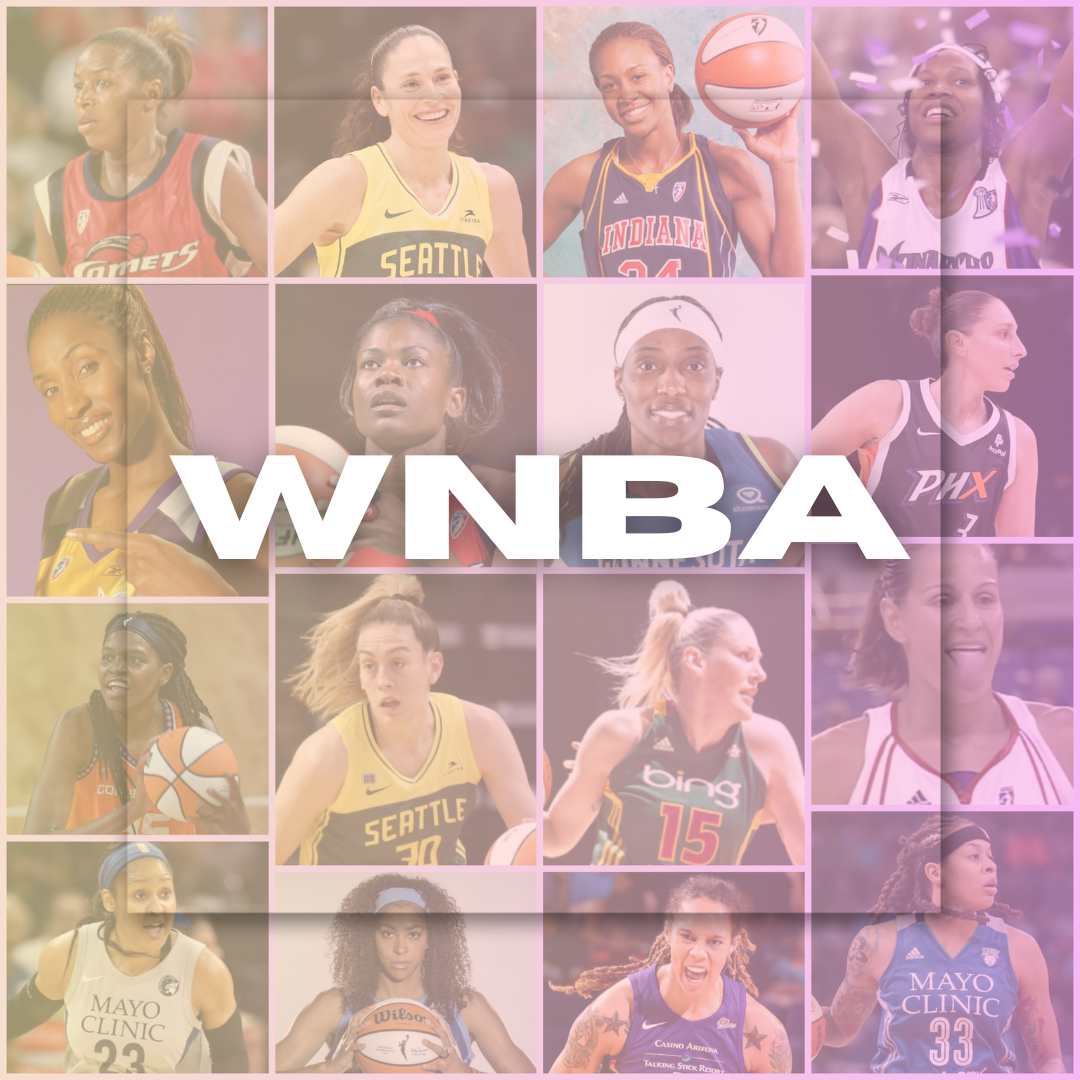
The Legacy of Jackie Robinson: Breaking the Color Barrier in Baseball
The Legacy of Jackie Robinson: Breaking the Color Barrier...
By Jocelyn Alano August 07, 2024 02:22
The story of Jackie Robinson, a kid from Georgia who became one of these players, is not just a tale about athletic qualities. It is an extraordinary chronicle of bravery, adaptation, and the final search for balance. Robinson was the first African American to play in Major League Baseball (MLB) during the modern era. His arrival on April 10, 1947 broke color barriers both within baseball and outside of it, marking one of its most important moments as contract after civil rights progress began to change society.
Early Life and Background
Robinson was born on January 31, 1919, in Cairo, Georgia, the youngest of five children. His difficult life began with his father leaving the family while Jackie was still a child, sending his mother, Mallie, and her children to Pasadena, California, to have better opportunities. Robinson was raised in a racially segregated society and had to battle poverty and discrimination since he was little. As a result, he sought relief in sports and discovered his identity.
At John Muir Technical High School, Robinson emerged as one of the top talents in multiple sports spread across football, basketball, baseball, and track. He established a national junior college long jump record at Pasadena Junior College. He would transfer to the University of California, Los Angeles (UCLA) before moving on with his storied life, which left such a significant dent in history, becoming UCLA's first student-athlete, earning varsity letters in baseball and football, basketball, and track and quite possibly staining all who came after him. Robinson was an outstanding athlete at UCLA but left before his senior year so he could care for his family while the U.S. fought in World War II.
Military Service
Robinson again faced racial discrimination while a soldier at Fort Riley, Kan., home of the 9th and 10th Cavalry Regiments. Having come through the NCO ranks, he was one of only a few men who got accepted into Officer Candidate School and earned his commission as a second lieutenant. Robinson's stand for equality got him court-martialed in 1944 when he refused to sit at the back of an army bus, which was segregated. Though he was eventually acquitted, the incident served to illustrate the deep-rooted racism that remained everywhere, even in our military.
Breaking the Color Barrier
Upon leaving the Army in 1944, he signed with the Kansas City Monarchs of the Negro American League. His play with the Monarchs led Branch Rickey, owner of the Brooklyn Dodgers whose mission it was to break down baseball's color barrier - to sign Robinson out of a Negro League contract. Rickey made history when, in 1945, he invited Robinson to join the Dodgers' minor league team, the Montreal Royals. That began Robinson's trailblazing journey to desegregate baseball.
Major League Debut
Jackie Robinson played his first Hall of Fame game at Ebbets Field, later renamed Jackie Robinson Stadium, on April 15, 1947, with the Brooklyn Dodgers against the Boston Braves. At that moment, he broke the color barrier that had blocked African American ballplayers from the modern major leagues for more than six decades and became their first emissary. However, Robinson was still able to leave his mark this time despite the worst batch of unwanted attention any first or second-year player has ever faced from fans, players, and even some teammates. In his rookie year, he hit .296 and won Rookie of the Year, a prelude to what became one of most special careers in league history.
Challenges and Discrimination
Facing Hostility
The road for Robinson was not an easy one. On and off the field, he suffered through racial slurs and threats of physical violence. Adversarial players would often hurl abuse his way, and disgruntled fans took that a step further with unsettling violence. Nevertheless, Robinson stayed true to a pact with Rickey not to give in and take his frustrations out on the field, knowing all too well that how he reacted would be part of the longer fight for civil rights.
The Weight of Representation
As the first African American player in MLB history, Robinson was responsible for a lot. He played for more than himself, but all the other African Americans were forbidden to play America's pastime. He symbolized courage and resilience in the face of adversity, which gave hope to many fighting for racial injustice.
Paving the Way for Change
Robinson recognized his talent and perseverance. The 1949 National League MVP, Robinson was a key part of the Dodgers' first championship and pennant winners in Vero Beach. The more his activism grew off the field, the more successful he was on it. After 1949, Robinson became much more vocal about speaking out against racial injustice and began using his fame to promote civil rights. He joined the NAACP and started marching with civil rights leaders.
Lasting Impact and Legacy
Hall of Fame and Beyond
Jackie Robinson hung up his spikes in 1956 after a historic career. His final career average was .311, and he played six All-Star games and was included in the Hall of Fame in '62. As admired as he was on the field, his career paled in comparison to what he did for civil rights. Robinson broke the color barrier for all future black players, including Hall of Fame outfielders like Willie Mays and Hank Aaron and former Giants great Barry Bonds.
Continued Relevance
Even today, the story of Jackie Robinson seems extremely relevant as we fight for racial equality. His legacy is a reminder of the trials our ancestors went through and how evident these struggles are in society even today. The celebration across baseball to mark Jackie Robinson Day, when players wear No. 42 in recognition of his lasting impact on the game and social justice
His story transcends baseball, from a young athlete playing through adversity to a changer in American history. Robinson broke barriers across Major League Baseball and acted as a spark that ignited the civil rights movement to inspire generations in their quest for equality and justice.
LATEST
- NEWS
- |
- ARTICLES
- |
- VIDEOS






















































































